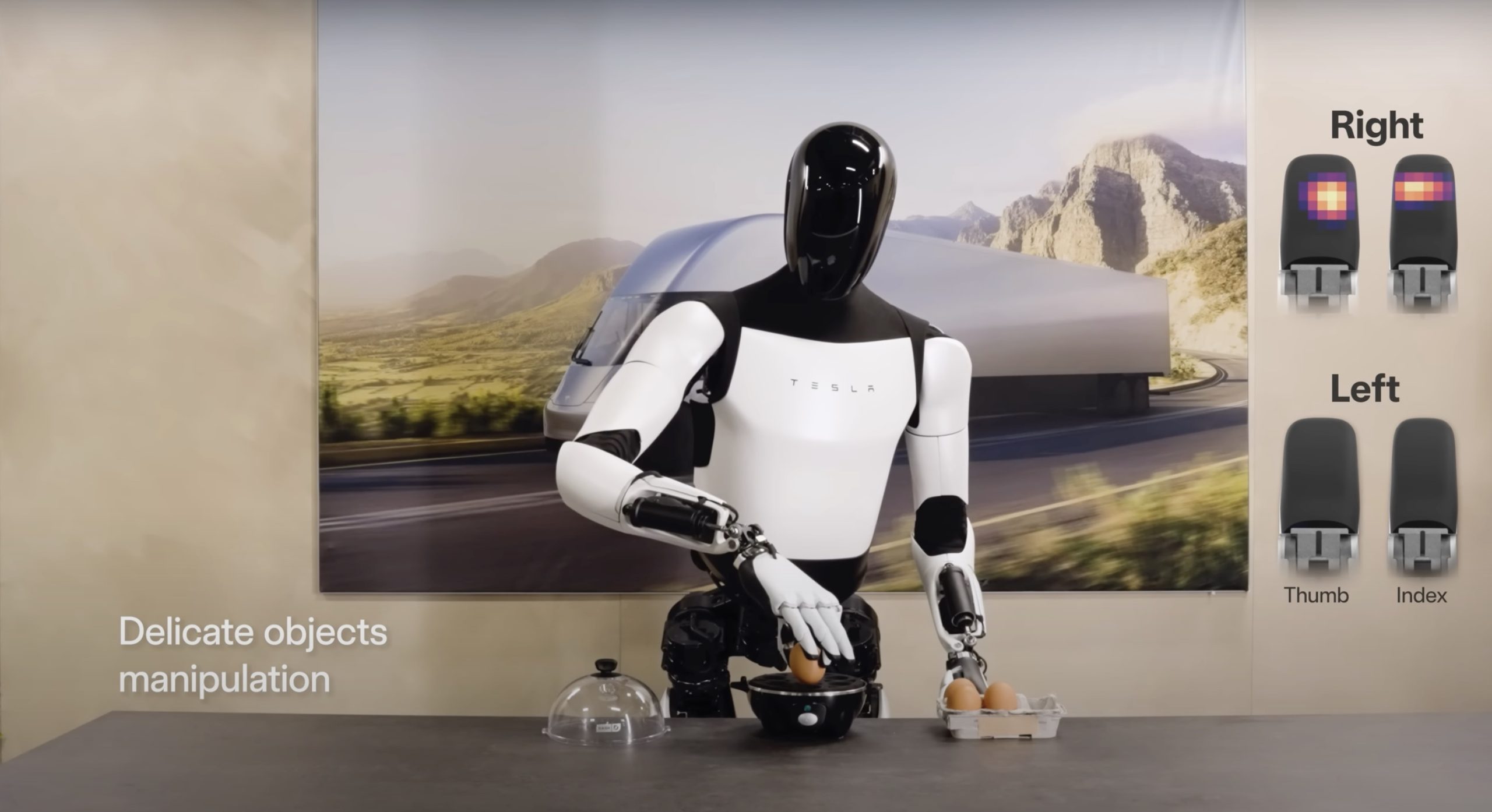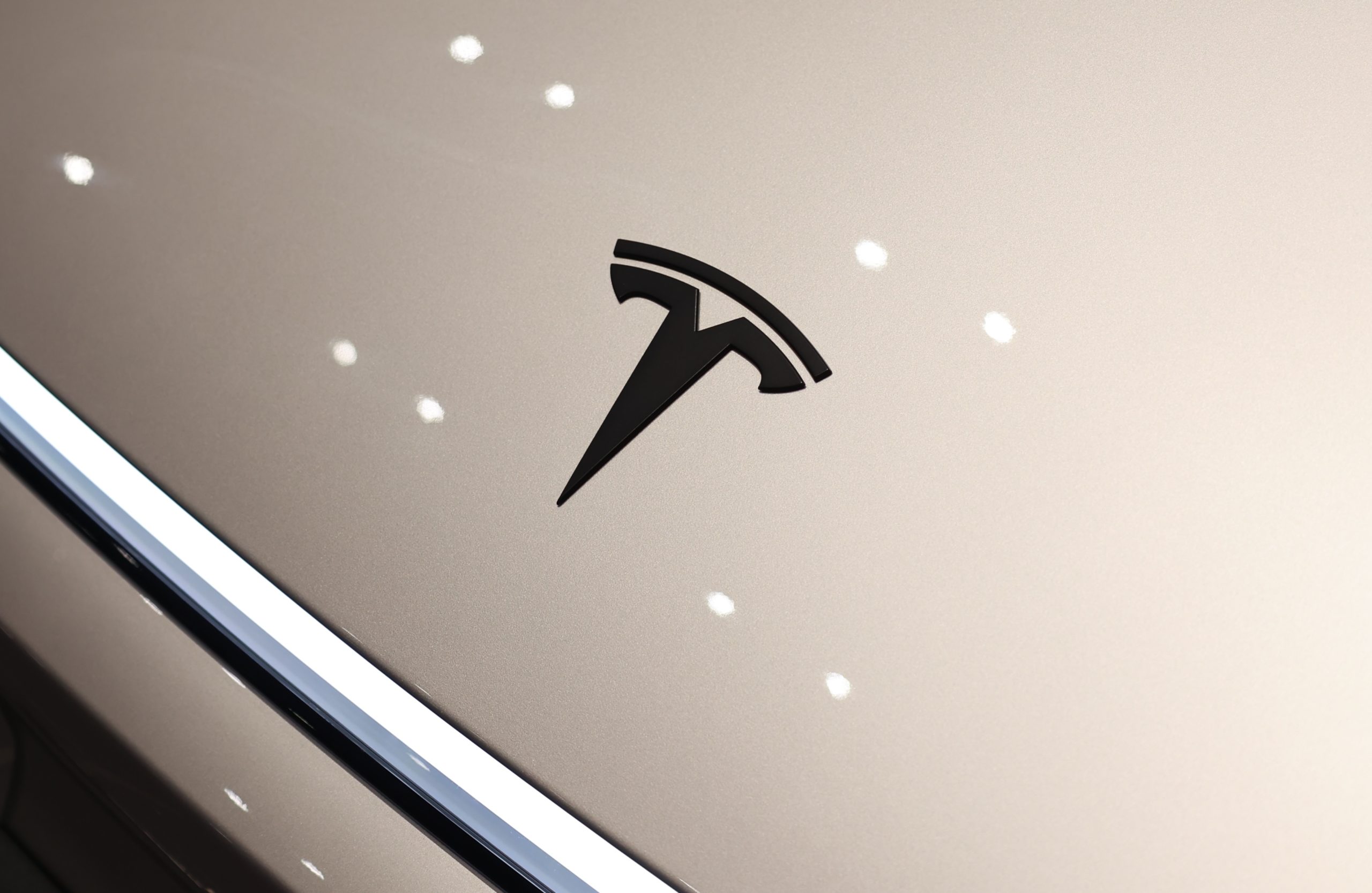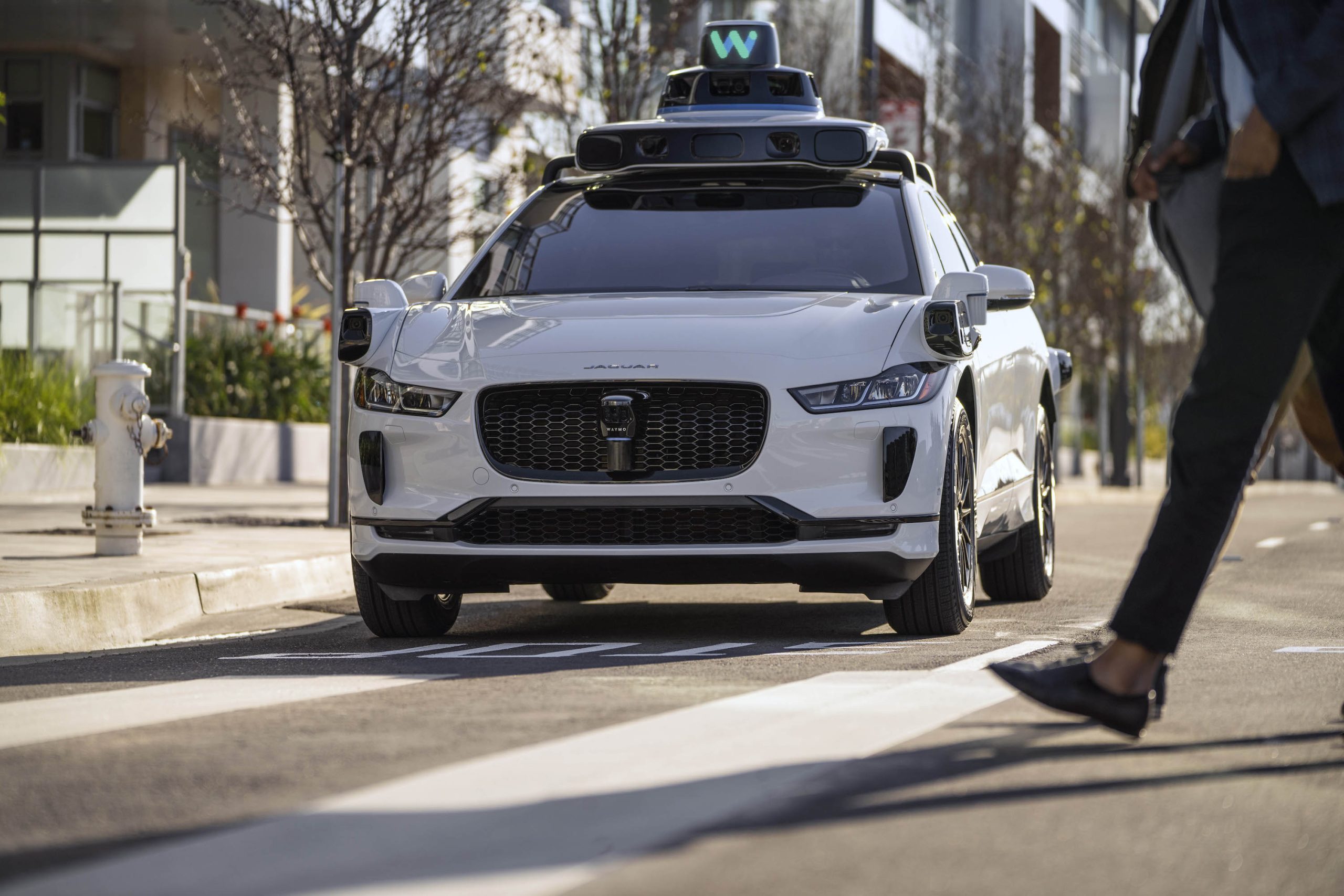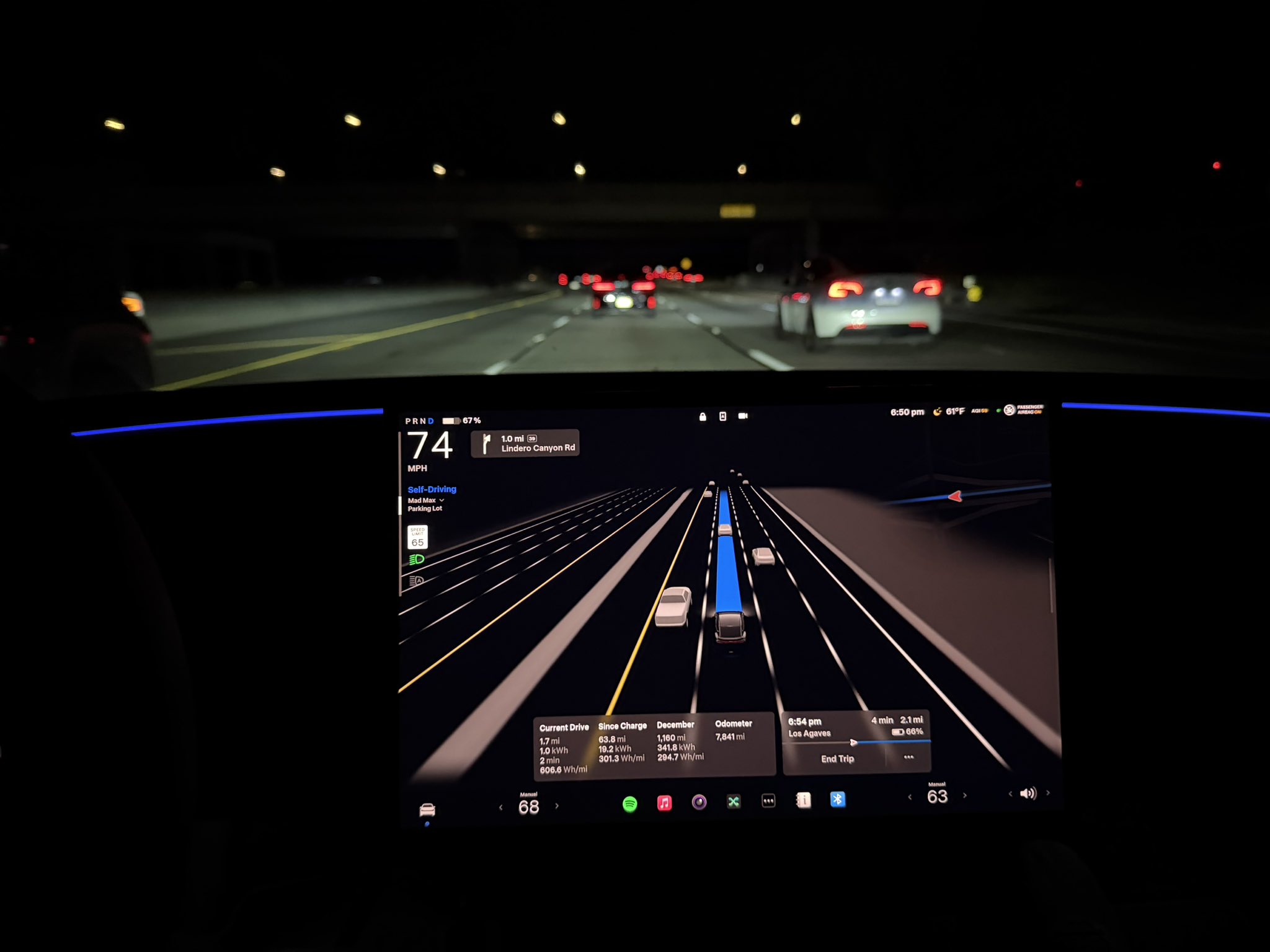News
Tesla vs China on the final frontier in humanoid robot development
Chinese companies are going all-in on dexterous robot hands, heating up the competition for the Tesla Optimus bot.

China’s robot industry is heating up as companies prepare to conquer the final frontier in humanoid robot development. The Tesla Optimus bot team is working to do the same on the other side of the world. Which humanoid robot developer will come out on top?
Dexterous hands are said to be the last frontier in humanoid robot development. Robotic hands have become essential to humanoid robots taking on human workloads. As such, companies are increasingly focused on developing the most dexterous robotic hands.
Linkerbot Technology recently debuted its Linker hand for humanoid robots. The Chinese company claims its Linker Hand has the highest dexterity on the market.
“Our Linker Hand research version has the world’s highest 42 degrees of freedom (DOF), surpassing the 26 of the world’s leading product, Shadow Hand. Each finger could independently have up to 7 DOF, which means it has surpassed human fingers. It is also equipped with an advanced multi-sensor system, including cameras and electronic skin,” said Gao Gang, Deputy General Manager of Linkerbot Technology at the 27th China Beijing International High-tech Expo (CHITEC).
Last year, Elon Musk shared that Tesla’s new Optimus hand would have 22 degrees of freedom. In May 2024, Tesla released a new video of Optimus in the company’s facilities. The Tesla video featured Optimus performing several tasks in a factory, including those requiring precision. In a comment about the Optimus video, NVIDIA Sr. Research Manager & Lead of Embodied AI (GEAR Lab), Jim Fan, noted that Optimus’ hands are among the best in the industry.
It would be interesting to see Tesla’s improvements on the Optimus hand. The video from last year already showed Optimus handling delicate tasks, which would improve its functionality in factories. Linkbot expects to showcase the capabilities of its own dexterous robotic hand in the future as well.
“In years to come, Linkerbot aims to deploy 1 million humanoid robots equipped with dexterous hands in the real world to collect data. Including, but not limited to, playing with a Rubik’s Cube. Putting on makeup is included in our fine motor standardized test scenarios,” noted Gao.
Linkerbot isn’t the only Chinese company developing humanoid robots. A few companies in China are creating robots that can work in factories.
Tesla Optimus is expected to perform menial, monotonous, repetitive tasks that could harm humans. PaXini Tech, another Chinese company, is also planning to release a humanoid robot to perform work tasks. Similar to Linkbot, PaXini Tech emphasized its humanoid robot’s dexterous hands and its capabilities.
“Our DexH13 GEN2 is the first four-finger bionic dexterous hand in the domestic market that integrates multi-dimensional tactile + AI visual dual-modal capabilities, which can perfectly simulate various complex movements of human hands such as welding, grasping, rotating, and pinching,” said Dr. Xu Jincheng, founder and CEO of PaXini Tech, a leading haptic technology and humanoid robotics company in China.

News
Tesla (TSLA) receives “Buy” rating and $551 PT from Canaccord Genuity
He also maintained a “Buy” rating for TSLA stock over the company’s improving long-term outlook, which is driven by autonomy and robotics.

Canaccord Genuity analyst George Gianarikas raised his Tesla (NASDAQ:TSLA) price target from $482 to $551. He also maintained a “Buy” rating for TSLA stock over the company’s improving long-term outlook, which is driven by autonomy and robotics.
The analyst’s updated note
Gianarikas lowered his 4Q25 delivery estimates but pointed to several positive factors in the Tesla story. He noted that EV adoption in emerging markets is gaining pace, and progress in FSD and the Robotaxi rollout in 2026 represent major upside drivers. Further progress in the Optimus program next year could also add more momentum for the electric vehicle maker.
“Overall, yes, 4Q25 delivery expectations are being revised lower. However, the reset in the US EV market is laying the groundwork for a more durable and attractive long-term demand environment.
“At the same time, EV penetration in emerging markets is accelerating, reinforcing Tesla’s potential multi‑year growth runway beyond the US. Global progress in FSD and the anticipated rollout of a larger robotaxi fleet in 2026 are increasingly important components of the Tesla equity story and could provide sentiment tailwinds,” the analyst wrote.
Tesla’s busy 2026
The upcoming year would be a busy one for Tesla, considering the company’s plans and targets. The autonomous two-seat Cybercab has been confirmed to start production sometime in Q2 2026, as per Elon Musk during the 2025 Annual Shareholder Meeting.
Apart from this, Tesla is also expected to unveil the next-generation Roadster on April 1, 2026. Tesla is also expected to start high-volume production of the Tesla Semi in Nevada next year.
Apart from vehicle launches, Tesla has expressed its intentions to significantly ramp the rollout of FSD to several regions worldwide, such as Europe. Plans are also underway to launch more Robotaxi networks in several more key areas across the United States.
News
Waymo sues Santa Monica over order to halt overnight charging sessions
In its complaint, Waymo argued that its self-driving cars’ operations do not constitute a public nuisance, and compliance with the city’s order would cause the company irreparable harm.

Waymo has filed a lawsuit against the City of Santa Monica in Los Angeles County Superior Court, seeking to block an order that requires the company to cease overnight charging at two facilities.
In its complaint, Waymo argued that its self-driving cars’ operations do not constitute a public nuisance, and compliance with the city’s order would cause the company irreparable harm.
Nuisance claims
As noted in a report from the Los Angeles Times, Waymo’s two charging sites at Euclid Street and Broadway have operated for about a year, supporting the company’s growing fleet with round-the-clock activity. Unfortunately, this has also resulted in residents in the area reportedly being unable to sleep due to incessant beeping from self-driving taxis that are moving in and out of the charging stations around the clock.
Frustrated residents have protested against the Waymos by blocking the vehicles’ paths, placing cones, and “stacking” cars to create backups. This has also resulted in multiple calls to the police.
Last month, the city issued an order to Waymo and its charging partner, Voltera, to cease overnight operations at the charging locations, stating that the self-driving vehicles’ activities at night were a public nuisance. A December 15 meeting yielded no agreement on mitigations like software rerouting. Waymo proposed changes, but the city reportedly insisted that nothing would satisfy the irate residents.
“We are disappointed that the City has chosen an adversarial path over a collaborative one. The City’s position has been to insist that no actions taken or proposed by Waymo would satisfy the complaining neighbors and therefore must be deemed insufficient,” a Waymo spokesperson stated.
Waymo pushes back
In its legal complaint, Waymo stated that its “activities at the Broadway Facilities do not constitute a public nuisance.” The company also noted that it “faces imminent and irreparable harm to its operations, employees, and customers” from the city’s order. The suit also stated that the city was fully aware that the Voltera charging sites would be operating around the clock to support Waymo’s self-driving taxis.
The company highlighted over one million trips in Santa Monica since launch, with more than 50,000 rides starting or ending there in November alone. Waymo also criticized the city for adopting a contentious strategy against businesses.
“The City of Santa Monica’s recent actions are inconsistent with its stated goal of attracting investment. At a time when the City faces a serious fiscal crisis, officials are choosing to obstruct properly permitted investment rather than fostering a ‘ready for business’ environment,” Waymo stated.
News
Tesla FSD v14.2.2 is getting rave reviews from drivers
So far, early testers have reported buttery-smooth drives with confident performance, even at night or on twisty roads.

Tesla Full Self-Driving (Supervised) v14.2.2 is receiving positive reviews from owners, with several drivers praising the build’s lack of hesitation during lane changes and its smoother decision-making, among others.
The update, which started rolling out on Monday, also adds features like dynamic arrival pin adjustment. So far, early testers have reported buttery-smooth drives with confident performance, even at night or on twisty roads.
Owners highlight major improvements
Longtime Tesla owner and FSD user @BLKMDL3 shared a detailed 10-hour impression of FSD v14.2.2, noting that the system exhibited “zero lane change hesitation” and “extremely refined” lane choices. He praised Mad Max mode’s performance, stellar parking in locations including ticket dispensers, and impressive canyon runs even in dark conditions.
Fellow FSD user Dan Burkland reported an hour of FSD v14.2.2’s nighttime driving with “zero hesitations” and “buttery smooth” confidence reminiscent of Robotaxi rides in areas such as Austin, Texas. Veteran FSD user Whole Mars Catalog also demonstrated voice navigation via Grok, while Tesla owner Devin Olsen completed a nearly two-hour drive with FSD v14.2.2 in heavy traffic and rain with strong performance.
Closer to unsupervised
FSD has been receiving rave reviews, even from Tesla’s competitors. Xpeng CEO He Xiaopeng, for one, offered fresh praise for FSD v14.2 after visiting Silicon Valley. Following extended test drives of Tesla vehicles running the latest FSD software, He stated that the system has made major strides, reinforcing his view that Tesla’s approach to autonomy is indeed the proper path towards autonomy.
According to He, Tesla’s FSD has evolved from a smooth Level 2 advanced driver assistance system into what he described as a “near-Level 4” experience in terms of capabilities. While acknowledging that areas of improvement are still present, the Xpeng CEO stated that FSD’s current iteration significantly surpasses last year’s capabilities. He also reiterated his belief that Tesla’s strategy of using the same autonomous software and hardware architecture across private vehicles and robotaxis is the right long-term approach, as it would allow users to bypass intermediate autonomy stages and move closer to Level 4 functionality.








